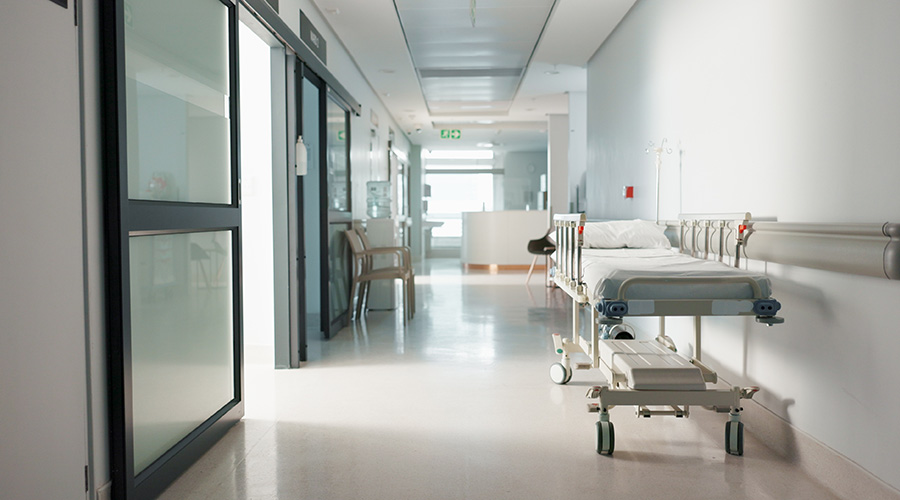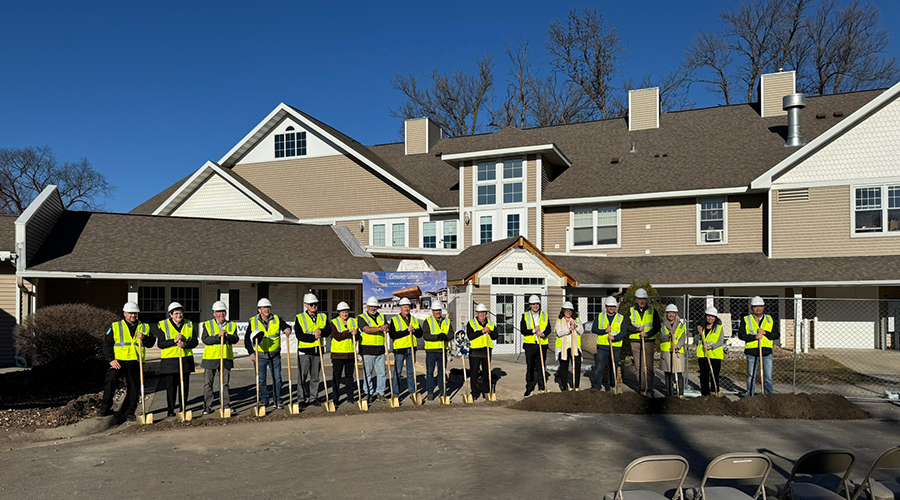Behavioral healthcare is increasingly acknowledged as an essential aspect of overall well-being, yet it remains significantly underfunded and underdeveloped in the healthcare system. One in five adults in the United States experiences a mental health or substance use disorder severe enough to require clinical attention, according to the Substance Abuse and Mental Health Services Administration (SAMHSA).
This growing trend, especially among children and adolescents, underscores the pressing need for more behavioral healthcare providers. The disparity between rising demand and the availability of care providers emphasizes the importance of designing facilities that can meet these needs and support effective treatment outcomes.
Addressing the shortage of behavioral healthcare services can be effectively achieved by integrating medical and behavioral healthcare. This approach, reinforced by the Behavioral Health Integration Compendium, not only improves access and fairness but also significantly helps in reducing the stigma surrounding behavioral healthcare treatment.
By unifying these services, facilities are better equipped to deliver holistic, patient-centered care, which is crucial for fostering successful treatment and recovery outcomes.
Design strategies to foster healing
Effective design for behavioral healthcare facilities involves more than just functional considerations. It requires creating environments that foster healing, comfort and dignity while also supporting psychological healing in safe, secure and supportive inpatient and outpatient settings.
These designs help patients recover and actively reduce the social stigmas often associated with receiving behavioral healthcare. To achieve this, it is essential to consider the needs of the community and the family, as well as the unique requirements of psychological healthcare providers. Thoughtful design, drawing on some of our recent project examples, can help facilities achieve this goal:
Trauma-informed and age-friendly design: The Alameda Point Collaborative in California project exemplifies the integration of trauma-informed and age-friendly design principles. This campus includes 90 senior supportive homes, a 50-bed medical respite program and an on-site primary care clinic.
The facility embraces the principle that everyone deserves access to high-quality healthcare and stable housing. By incorporating trauma-informed design, the facility ensures that spaces are sensitive to the needs of those with complex care requirements, providing a dignified environment that supports overall well-being.
Seamless integration of housing and healthcare. Central City Concern's Blackburn Center in Portland integrates housing with healthcare services. This $21.5 million project combines stable housing with medical and social services, creating a holistic approach to treatment.
The design incorporates modern housing with in-house clinical services under one roof, bridging the gap often faced by supportive housing projects where residential spaces are distant from essential health services. The use of the gable as a universal symbol of home underscores the importance of creating a healing environment that feels secure and nurturing.
Creating multifunctional spaces. The 7N MedSurg unit at the University of Washington’s Medical Center highlights the importance of flexibility in healthcare design. As a retrofit project, 7N was designed to be a catch-all space for various types of hospital care, with a focus on supporting lower acuity patients.
The design includes multifunctional spaces that can be adapted over time, addressing the need for additional patient beds and providing flexibility for future use. Features such as durable stretched fabric wall coverings and graphics tied to natural elements contribute to a calming atmosphere, reducing the feeling of institutional rigidity.
Related: Nature Meets Care: Designing Healing Spaces
Encouraging connection with nature. Compass Health’s Broadway Block Phase II in Everett, Washington, integrates natural elements into its design to enhance the therapeutic environment. Inspired by the city’s industrial and timber milling identity, the building features locally sourced wood and natural textures that evoke a residential feel.
The inclusion of outdoor garden spaces and rooftop gardens allows patients to experience nature, which has been shown to promote healing and improve mental health. This approach not only provides a soothing environment but also fosters a sense of autonomy and personal choice.
Designing for privacy and safety. Privacy and safety are paramount in behavioral healthcare design. The Compass Health project addresses these concerns by positioning inpatient floors around a central care team station, providing clear sightlines for staff while allowing patients the freedom to move between spaces.
Similarly, the Alameda Point Collaborative project ensures privacy through trauma-informed design principles while creating a supportive community environment. These design considerations are essential for creating safe and dignified spaces that meet the needs of patients and staff.
Reducing stigma and fostering community. Behavioral healthcare facilities must prioritize diminishing the stigma tied to mental health care. The design of these environments should cultivate a sense of inclusiveness and belonging, ensuring they are welcoming to everyone.
Thoughtful design choices, such as using natural light, warm materials and shared community spaces, play a crucial role in this. For example, Compass Health achieves a non-institutional atmosphere by incorporating elements that normalize mental healthcare and foster a supportive setting.
The impact of thoughtful design
Effective design in behavioral healthcare requires a comprehensive understanding of patient's unique needs and the hurdles they face. By integrating medical and behavioral healthcare services, incorporating design elements that are trauma-informed and sensitive to age-related needs and enhancing connections to nature, healthcare facilities can be crafted to promote healing and uphold patient dignity.
Initiatives such as the Alameda Point Collaborative, Central City Concern's Blackburn Center, Compass Health's Broadway Block and the 7N MedSurg unit at the University of Washington Medical Center highlight the way thoughtful design can greatly benefit behavioral healthcare. As the demand for these services grows, it is vital that architects, designers and providers collaborate to develop spaces that truly nurture and support those in need.
Ashlee Washington is associate principal and healthcare studio co-leader with Ankrom Moisan, a design firm that offers architecture, interior and design services.

 Healthcare Is the New Retail
Healthcare Is the New Retail Bridgeway Behavioral Health Services Launches Campaign to Renovate Health Center
Bridgeway Behavioral Health Services Launches Campaign to Renovate Health Center Ground Broken for New North Dakota State Hospital
Ground Broken for New North Dakota State Hospital AI Usage for Healthcare Facilities
AI Usage for Healthcare Facilities Ground Broken on Pelican Valley Senior Living Modernization Project
Ground Broken on Pelican Valley Senior Living Modernization Project